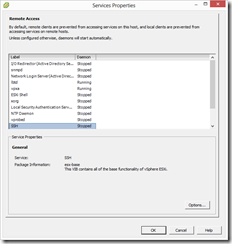During the recent vForum event at Wembley I had an interesting meeting with Condusiv Technologies (formally Executive Software\ Diskeeper).
They were showing off the latest release of V-Locity VM.
V-locity VM is classed as a Performance Accelerator which offers benefits such as :-
What struck me was the performance potential for VM’s running on potentially limiting storage (it happens, in fact our storage at work is about on par with the performance one of our guys get’s from a Synology Diskstation 1513+ and yes we have fine tuned and tweaked).
I had a chat with their Technical Director and asked about an NFR or Evaluation license to allow me to do some testing in my home lab to see what kind of performance improvements can be gained from running V-locity VM in my environment.
It should be noted that the V-locity software is limited to the Microsoft platform of OS’s starting with Windows XP (SP2) all the way up to Windows 2012, it also supports both vSphere (ESX\i 4.0 or later) and HyperV as the host virtualisation platform.






